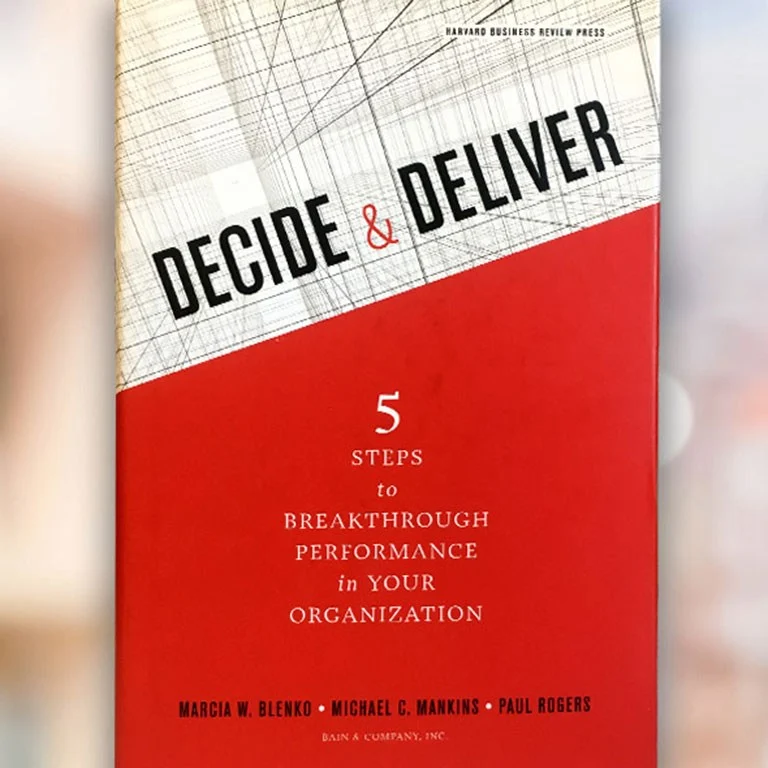CEO Forum
New chief executives often feel compelled to reorganize their companies. In fact, nearly half launch some kind of reorganization during their first two years on the job. That already brisk pace may be accelerating, with multinationals like Nokia and Caterpillar announcing organizational overhauls.
The spike in ambitious reorganizations undoubtedly reflects continued economic turbulence. As companies start turning around, many believe that full recovery requires strong medicine—and changing an organization's structure may seem like an effective way of unlocking better performance. But corporate reorganizations are risky investments of time, energy and resources and often do little to improve the business. A recent Bain & Company study of 57 major reorganizations found that fewer than one third produced any meaningful improvement in performance. Some actually destroyed value.
What do successful reorganizers know that so many others don't? The best reorganizations don't just reshuffle the boxes and lines on an org chart. Instead, they improve a company's ability to handle its most important decisions. They enable people to make better decisions. They speed up decision-making. And they increase the "yield," or proportion of decisions executed effectively.

Decide & Deliver
Learn more about the five steps that leading organizations use to make great decisions quickly and execute them effectively.
Take ABB, the big Zurich-based power technology and automation company, which almost went bankrupt in late 2002. One reason for its near-failure: Key decisions about big power-project bids involved negotiations among dozens of different ABB units, each with its own profit goals and incentives. The protracted negotiations frequently failed to produce competitive bids. A new CEO, Jürgen Dormann, analyzed the decision failures and then streamlined the decision-making process by consolidating divisions and centralizing profit-and-loss accountability. The reorg worked—it restored ABB's ability to generate fast, competitive bids.
Why are decisions so central? An organization's performance really is the sum of the decisions it makes and executes. A new org chart can't make much difference unless it somehow leads to better, faster decisions and execution. In fact, redesigning the org chart is almost always counterproductive if leaders fail to think through what the critical decisions are for the business, who should be responsible for them, and how the new structure will help people make and execute them better. For example, a few years ago the Internet company Yahoo! reorganized into three groups—Audience, Advertisers and Publishers, and Technology. But important decisions bogged down, and Yahoo! executives wound up having to create new roles and management levels to coordinate the three units. Product development slowed, and costs increased.
Compare that experience with automaker Ford's recent reorganization under CEO Alan Mulally. Mulally started with a schematic that mapped out key decisions that had to be made at each stage in Ford's value chain, along with the infrastructure required to execute them effectively. Every week, he and his team tracked their progress. They divested non-core brands such as Jaguar, Land Rover and Volvo, reduced the number of production platforms and began consolidating both suppliers and dealers.
Along the way they decided to reorganize the company, moving from a structure based on regional business units to a global matrix of functions and geographies. This new structure enabled Ford's leadership team to make critical decisions better and faster, something that had been painfully difficult under the old structure. Ford still faces challenges, but so far this simplified approach has helped Ford ride out the storm and outperform its U.S. competitors.
Global turbulence means that more companies will scramble to reorganize in the months ahead. Keep your eyes on the results. Companies that keep the focus on making critical decisions are likely to emerge far stronger than those that merely reshuffle the org chart one more time.
Askin Morrison is a Bain & Company partner in Melbourne. Michael C. Mankin is a partner based in San Francisco and Paul Rogers is a partner based in London.